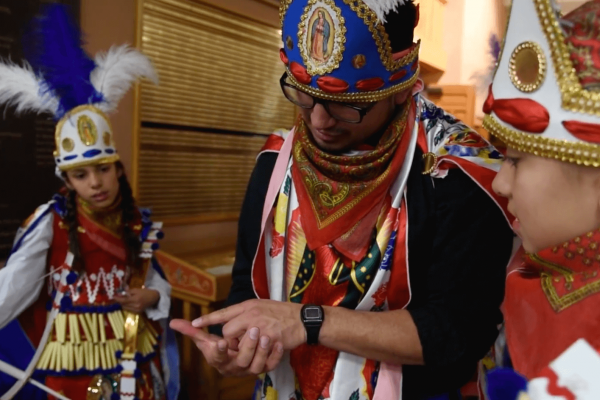Jan 24, 2018
Today, Lopez-Marquez is at Presbyterian Medical Services, Santa Fe Family Wellness Center, where he’s the only male social worker on staff who’s also bilingual. He is also an after-school folklorico dance instructor for Aspen Santa Fe Ballet. Between counseling and dance, Lopez-Marquez works with 180 youth in New Mexico; his work permit through DACA makes all that possible.
Read the Full Article

Already a subscriber? Login
